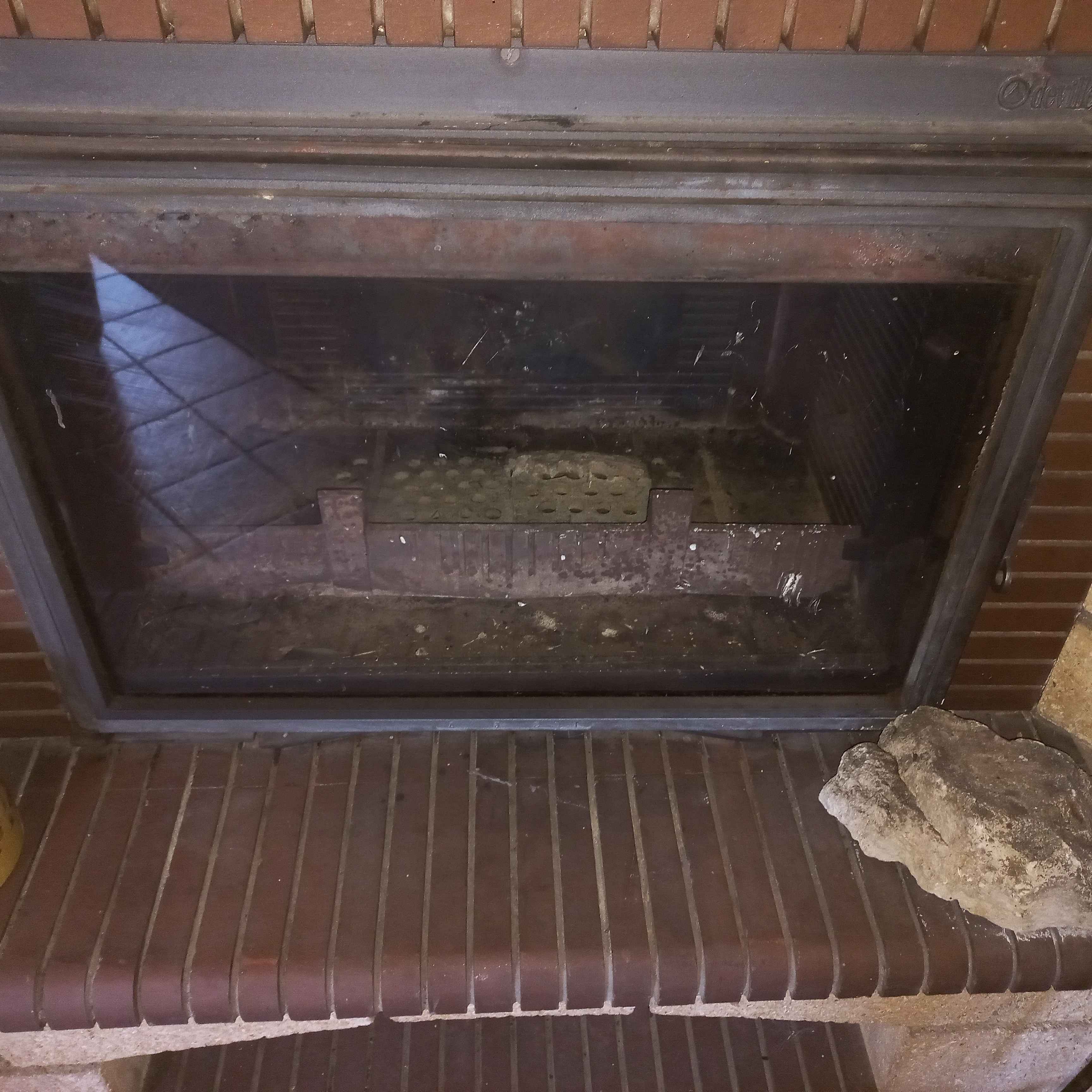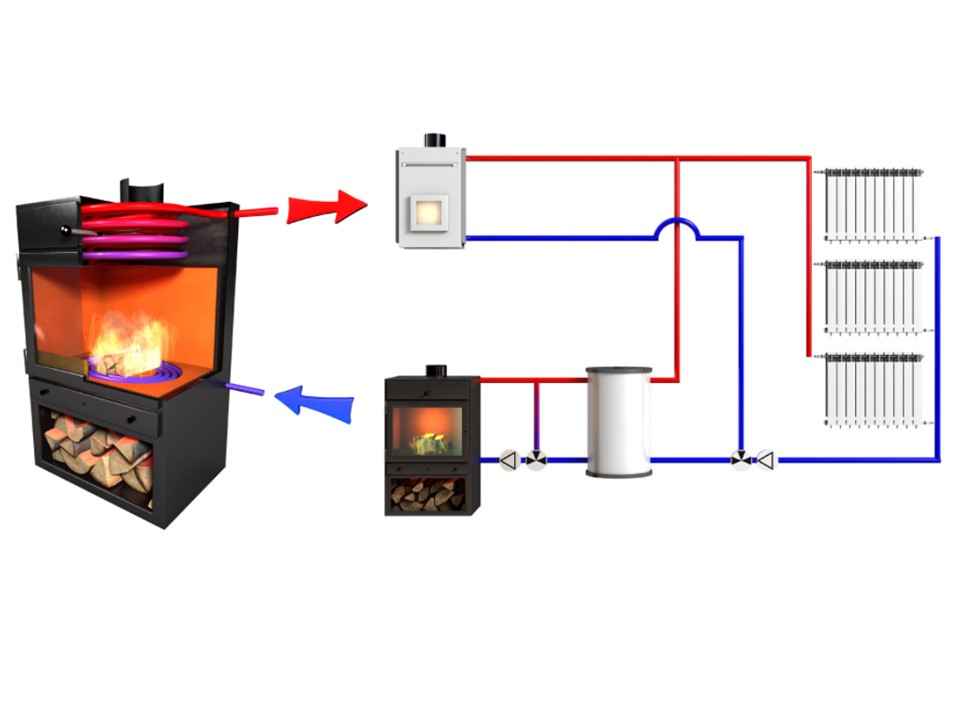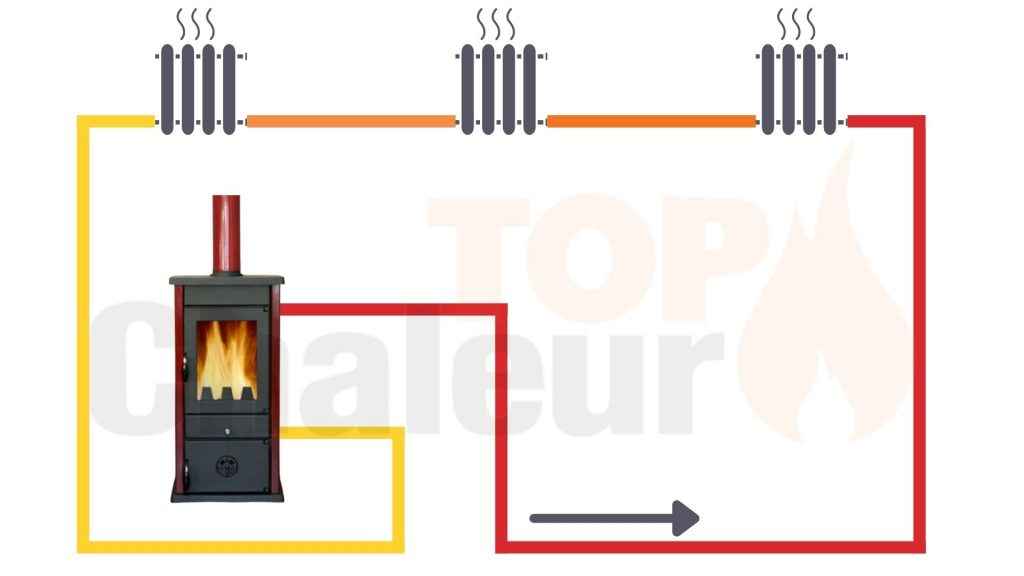How to Make a DIY Hot Water System with a Wood Stove and a Water Storage Tank?

How to Make a DIY Hot Water System with a Wood Stove and a Water Storage Tank?
How to Make a DIY Hot Water System with a Wood Stove and a Water Storage Tank?
This article will provide an introduction to making a hot water system with your open fire or insert. Bricomachin draws your attention to the fact that this is a prototype: this article has a purely educational purpose: apply it at your own risk.
Domestic Hot Water Heating with a Wood Stove
The wood stove, a heating system using logs as fuel, can also be used to produce domestic hot water. This article explores the benefits and methods available for heating your water using a wood stove.
Energy Savings and Environmental Benefits
Using a wood stove for domestic hot water can lead to significant savings. Wood, as a renewable fuel, is less expensive than fossil fuels such as oil or natural gas. This method can reduce overall energy consumption and lower energy bills.
Options for Integrating a Wood Stove into the Hot Water System
Installing a Heat Exchanger
A common method involves installing a heat exchanger within the central heating system. This allows the transfer of heat from the stove to the heating circuit water, which can then supply radiators and domestic hot water. This solution is ideal for those who already have central heating and want to add an economical heat source.
The Boiler Stove as a Solution
The boiler stove, or stove boiler, equipped with an integrated water tank, heats water directly through wood combustion. The hot water is then available for radiators and sanitary water. Suitable for isolated houses or those without central heating, boiler stoves offer considerable energy independence.
Using a Wood Stove with Coil
Some wood stoves are equipped with a coil, allowing the heating of water circulating in a dedicated domestic hot water system. This option is perfect for those wishing to produce only domestic hot water, without heating the rest of the house.
First, before getting started, let's review the equipment we need to heat water with our wood insert:
- Copper
Copper should be strongly favored over PEX or even multi-layer pipe. Why? Copper pipes unfortunately cost much more but can withstand much higher temperatures. Using copper will ensure that if the water reaches a high temperature, you won't have a pipe that melts!
The use of copper pipe is mandatory to ensure the safety of the conduit: never use a PEX-type pipe, it will melt very quickly. Some use a multi-layer pipe that generally supports 95°C but this is just right according to Bricomachin, it's up to you to take the risk!
We advise you to analyze your situation: where will you run your pipes? Isn't it easier for you to buy copper coils to wrap around your wood stove and long rigid pipes to run through your basement? Think about this question to make the assembly easier for you!
- Three-way valve (important if you are not installing a copper pipe!)
A second safety measure is the use of a three-way valve: this will very simply guarantee the maximum degree in your sanitary water pipes. In this article, we will place this three-way valve at the exit of the open fire to ensure that the water does not exceed 100 degrees. The valve will be connected directly to the hot water return.
Despite this temperature protection in the piping, Bricomachin recommends using only copper pipes to ensure the longevity of your water heater!
- Buffer tank boiler with its safety group and expansion vessel
A buffer tank that will store the heated water. This tank must be complete and therefore equipped with its expansion vessel and safety group. This will ensure optimal safety (=> if the hot water tank is too high, the system engages to reduce the pressure inside your water heater).
As you have understood: this is where the water will go elsewhere in your sanitary conduit.
- Circulator (not always necessary).
If your buffer tank cannot be placed directly above your stove or if your tank is too far from your wood insert, you still need to invest in a circulator: this will allow you to circulate water in the copper pipes that will join your wood stove to your hot water tank: this will rotate the water continuously to gradually heat your hot water tank.
- Take your roll of copper and connect this roll around your wood stove, you have several possibilities: either you wrap it around your chimney conduit leaving an inch gap between your copper pipe and your conduit, or you can bend it and construct a small radiator that can be placed just above your stove: try in both cases to always leave a small inch between the stove and the pipe to allow air to pass: corrosion prevention, ...
- Take your three-way valve and connect the water inlet/outlet and cold water according to the valve's user manual: this step is very important, it will allow you to guarantee a maximum temperature in your sanitary conduit. The valve will put "cold" water only if necessary.
- Connect the copper pipe to your water heater. When making connections, check that your solder or quick connections support very hot water (+ 150 degrees).
- Before permanently connecting the pipe: you must place a circulator in the middle of the copper pipe if possible, if not possible, place the circulator in an accessible location.
- The hot water copper outlet pipe must be connected to the boiler inlet: some boilers are designed to have several inlets/outlets depending on the model: consult the user manual of your manufacturer.
In another article by Bricomachin, we will see how to place a thermostat to circulate water in the sanitary conduit: as you understood, this article is not complete!
In conclusion, we have seen the basics for using your wood stove as a means to heat sanitary water, in another article, we will go through more precisely how to adjust the thermostat and the water circulator.


 Francais
Francais
